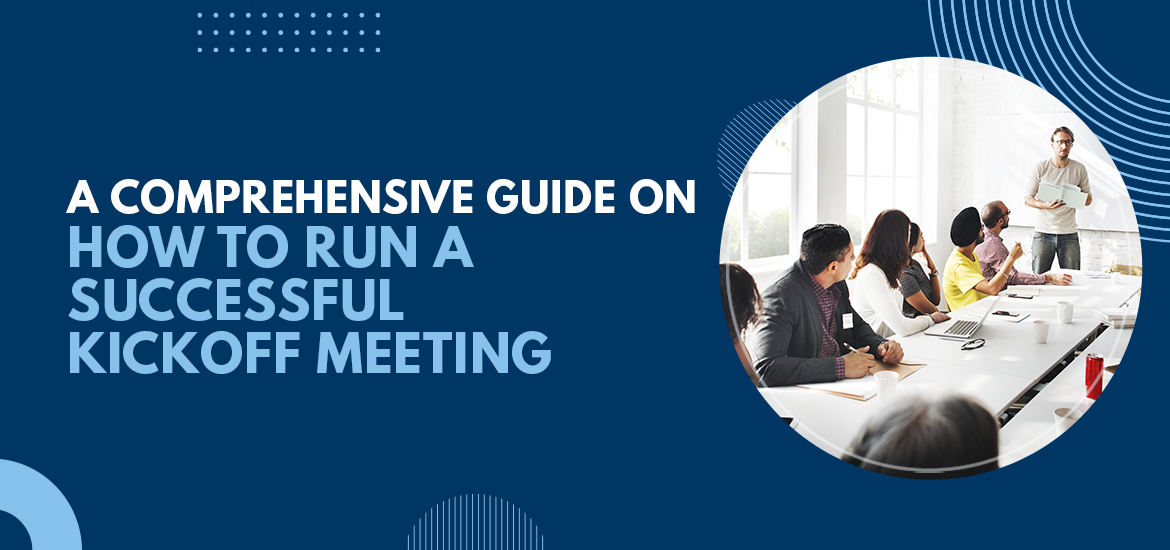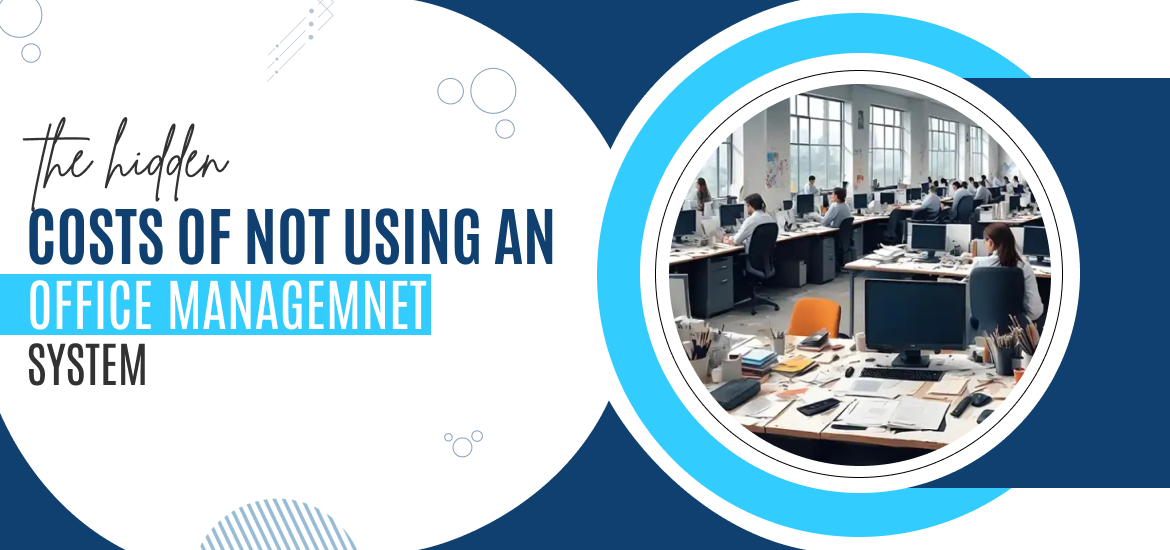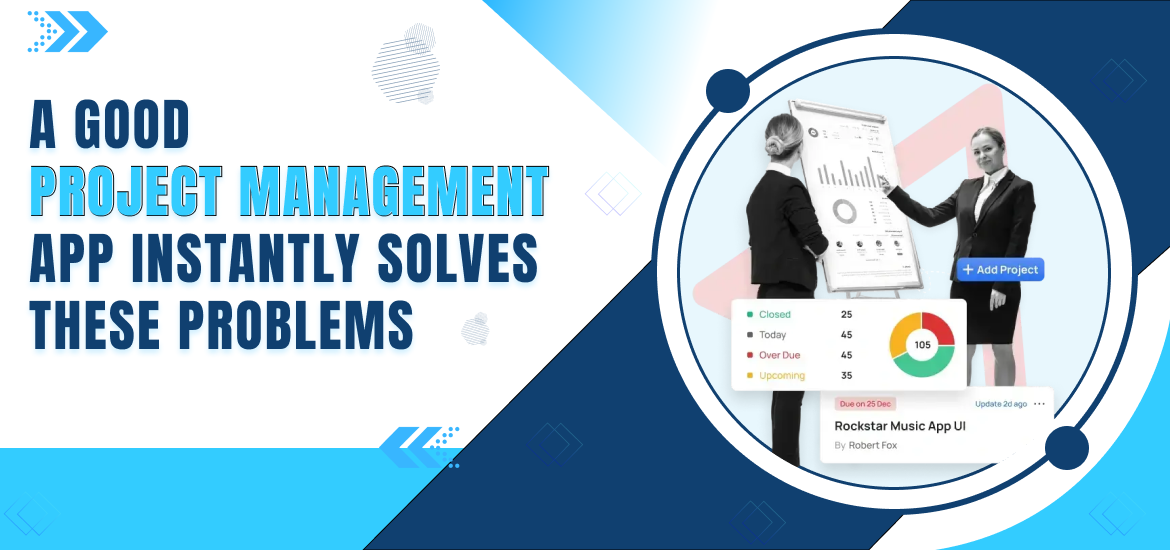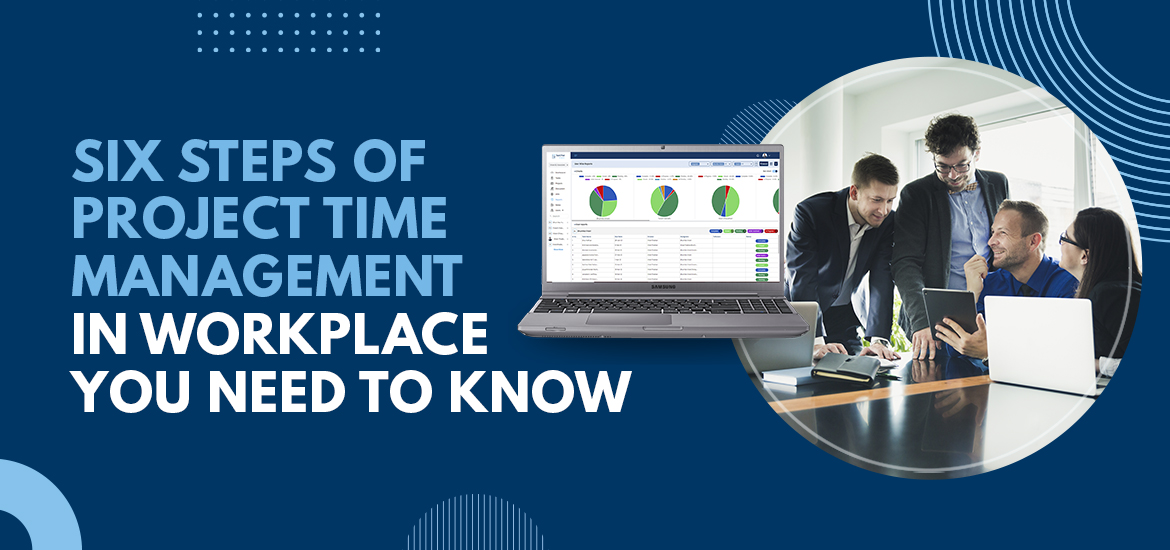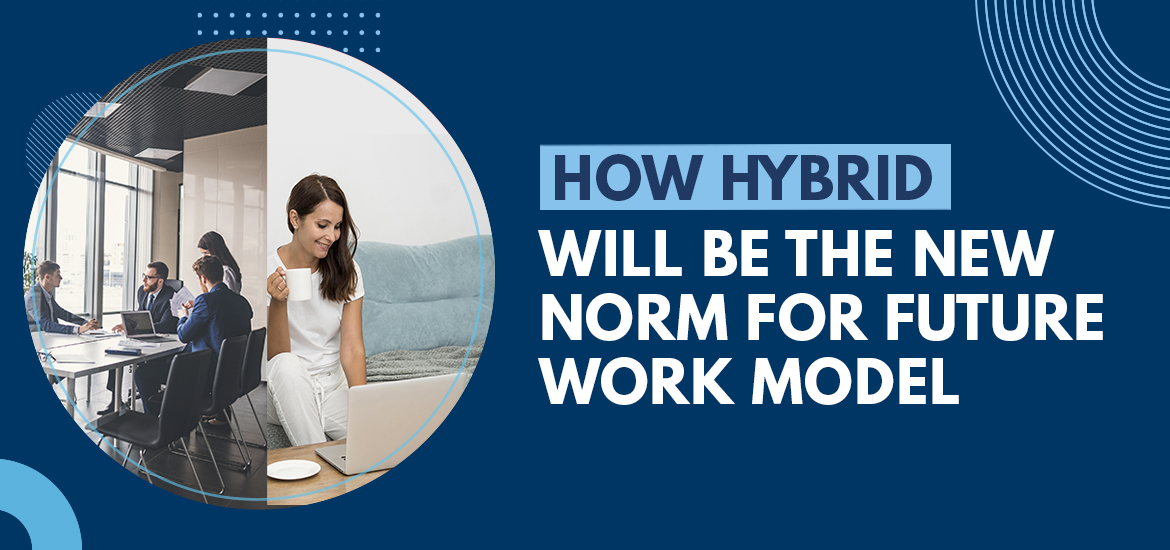
Hybrid Work Model
How the Hybrid Model Became the Standard for Current Work
Oct 29th, 2025
The world of work has fundamentally changed. What began as a scattered, temporary response to a global pandemic has solidified into the most common and preferred operating model for knowledge workers: hybrid work.
For business owners, project managers, and decision-makers, the biggest question is no longer “Will we adopt a hybrid model?” but “How do we make our hybrid model effective, sustainable, and fair?” The answer lies in intentional strategies that address flexibility, security, and above all, Project Collaboration.
Surveys confirm the permanence of this shift. A significant majority of employees who can work remotely now prefer a hybrid setup. It balances the focus time of working remotely with the essential connection provided by occasional in-office meetups for brainstorming, meetings, or discussions. This blend provides the desired work-life balance that is now a critical factor in talent attraction and retention.
Pillars of the Hybrid Model
Successful hybrid work requires far more than just letting people work from home sometimes. It demands strategic investment in processes and technology to ensure security and maximize efficiency across a distributed workforce.

Security: Protecting the Perimeter
When team members are accessing company resources from various locations – including coffee shops, home networks, or co-working spaces – the traditional security perimeter dissolves. This challenge requires a modern solution:
- Risk Mitigation: The IT and Security teams must establish strong security protocols, including multi-factor authentication (MFA) and virtual private networks (VPNs), to restrict intruders and secure data access for those working by their own means.
- Intelligent Workplace Management: Smart technology and data analytics can now help identify work areas that need attention, based on the frequency of utilization, and ensure the physical office space is secure and compliant with health standards. Contactless entry and other automated security measures lessen onsite risks and remove unnecessary touchpoints.
Efficiency: Optimizing Space and Time
With employees split between offsite and in-house, leaders must decide how best to utilize and optimize their office spaces and, more importantly, their team’s time.
- Intentional Office Use: The focus shifts from designating desks to designating work areas for specific activities. Spaces must be optimized for collaboration, not just individual desks. Managers should coordinate in-office days around high-value activities that require face-to-face interaction, such as team building or complex problem-solving.
- Data-Driven Space Management: Artificial intelligence (AI)-driven solutions can assist in creating a self-service working environment, which can be customized on requirements. Furthermore, organizations can discover underutilized space to potentially offload or repurpose, allowing AI to assist in analyzing the expected benefits and costs involved.
The Hybrid Challenge
The single biggest hurdle in the hybrid model is maintaining seamless Project Collaboration. If teams aren’t together five days a week, the informal, spontaneous interactions that drive innovation and resolve small issues can disappear, leading to miscommunication and workflow bottlenecks.
This is where the right Project Collaboration Software moves from a convenience to a strategic necessity. Collaboration must be intentional, structured, and easily accessible from any location.
Also Read – The Hidden Costs of Not Having Hybrid Work Management Software for Your Business
The Three Collaboration Imperatives for Hybrid Teams
1. Clarity Through Centralization
In a hybrid environment, information overload and fragmentation are common. Teams struggle to find the latest version of a document. They also face problem tracking a decision made during a chat or in-office conversation.
- Standardized Communication: All critical project discussions, decisions, and feedback must live within the Project Management Software. This ensures that remote employees are always privy to the same information as those who were in the office for a meeting.
- Transparency of Work: A Project Management App permits groups to record data related to their tasks, schedules, and appointments in a single, transparent spot. This guarantees a coordinated effort among people and allows easy planning for in-office days.
2. Equity in Communication (Avoiding Proximity Bias)
A major risk is the development of a “two-tier” workforce where in-office employees receive more visibility, mentoring, and opportunities than their remote counterparts—a phenomenon known as proximity bias.
- Asynchronous First: To maintain equity, teams must embrace asynchronous communication—using tools that don’t require an immediate response—as the default. This ensures that a crucial update is read by the remote colleague in London when they start their day, rather than being missed because it was discussed during a lunchtime chat in New York.
- Intentional Inclusion: In-office meetings must be run as if everyone is remote. This means ensuring every participant is using their laptop and webcam, even if they are in the conference room together, to make the video conferencing experience equitable for the one or two people dialing in.
Also Read – Effective Communication at Workplace: Why It Matters & How to Improve
3. Focus on Output, Not Presence
The hybrid model demands a fundamental shift away from measuring “time-in-seat” to measuring tangible output and project outcomes. This is what empowers individuals to be productive, irrespective of where they work.
- Results-Based Accountability: Task Management Software becomes the primary vehicle for measuring performance. It provides clear metrics on task completion, quality, and velocity. This eliminates negative stressors and ego clashes rooted in perceived presence.
- Structured Workflows: By using features like task tracking, deadline setting, and dependency management, managers define the what and when of the work, allowing employees the flexibility to define the where and how. This support system enhances health, fitness, effectiveness, and efficiency for every team member.
The Task Management Software Advantage
Antagonism to productivity challenges in the early days of remote work has been replaced by structured solutions. The need for a sophisticated Task Management Software arises because it eliminates negative stressors at both the individual and organizational levels.
For the project manager, a reliable Project Management Software is a critical tool for giving the right space to individuals, whether they are working on-site or at remote places. It increases transparency in the workflow, allowing managers to see dependencies, resource allocation, and project timelines in a single view. This proactive approach is essential for a distributed workforce.
Also Read – 8 Reasons Why Your Business Needs Project Management Software
Concluding Lines
The evidence is clear: the hybrid model is not a temporary adjustment. It is the smart, strategic solution that enables organizations to be more adaptive and competitive in the long term. The individuals and companies that have intentionally embraced a flexible model are more resilient, possess better work relationships, and are better positioned to attract top talent.
The success of a hybrid future rests squarely on one factor: Project Collaboration. By investing in clear policies and powerful Project Collaboration Software like TaskOPad, you empower your employees to successfully tackle tasks that require being onsite and manage the focused work best done remotely. Book your free demo now and see how TaskOPad is designed to assist your team in navigating the complexities of hybrid work.
Search by posts
Search by posts
Recent posts
11-30-2025
Project Team Management
7 Essential Steps for Running a Successful Project Kickoff Meeting
11-29-2025
Team Communication
